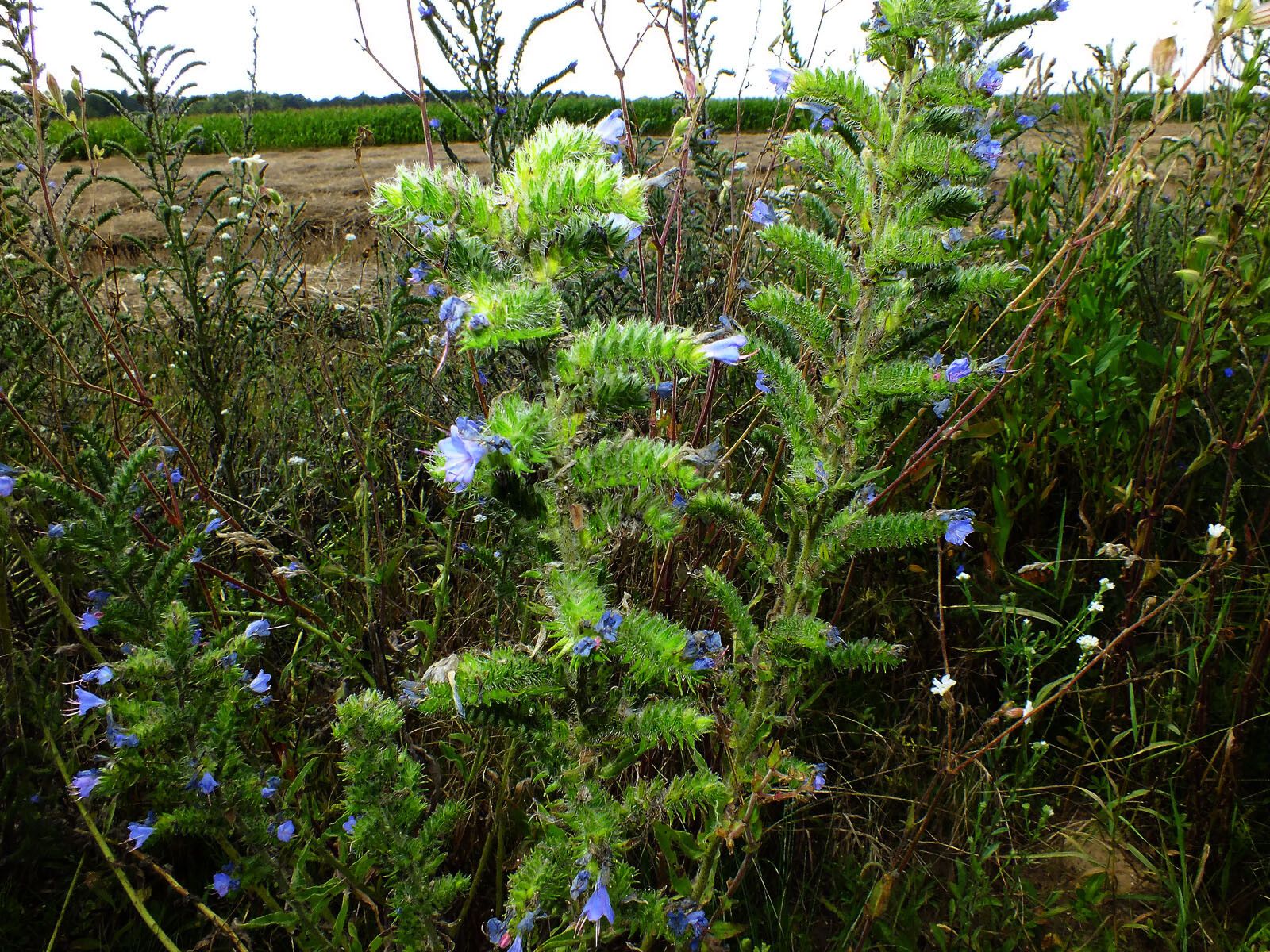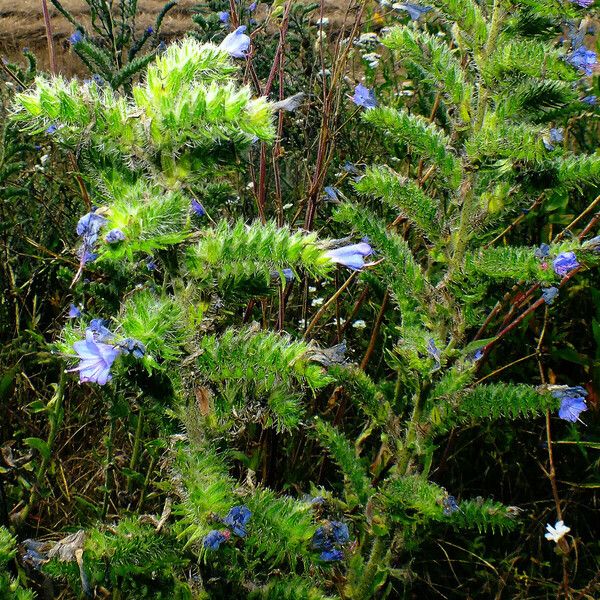BehaketaEchium vulgare L.observed byA Andrzej KonstantynowiczAndrzej Konstantynowicz2022(e)ko abuztuaren 4(a)
Andrzej KonstantynowiczAndrzej Konstantynowicz2022(e)ko abuztuaren 4(a)
observed by Andrzej KonstantynowiczAndrzej Konstantynowicz
Andrzej KonstantynowiczAndrzej Konstantynowicz
A
2022(e)ko abuztuaren 4(a)
Determinazioa
Proposed determination
Suggest another determination
You don’t agree with the suggested species but don’t have another suggestion
Iruzkinak
Datu gehigarriak
Noiz sortua
2022ko abu. 5a
Berrikusitako azkenak
2023ko urr. 9a
Kalinów, near Bratoszewice
It is native to southern Europe, but widely spread in Poland.
Bees feeding plant.
Edible plant - young leaves raw or cooked; here has been an increase in interest in a number of Echium species because of the fatty acid composition of the seed oil.
Herbal plant - the leaves and flowering stems are antitussive, aphrodisiac (!), demulcent, diaphoretic, diuretic, pectoral and vulnerary, an infusion of the plant is taken internally as a diuretic and in the treatment of fevers, headaches, chest conditions; the juice of the plant is an effective emollient for reddened and delicate skins, it is used as a poultice or plaster to treat boils and carbuncles; the roots contain the healing agent allantoin; the plant is said to be efficacious in the treatment of snake bites; when chopped up finely, the fresh flowering heads can be made into a poultice for treating whitlows and boils.
Useful plant - a red dye is obtained from the roots.



